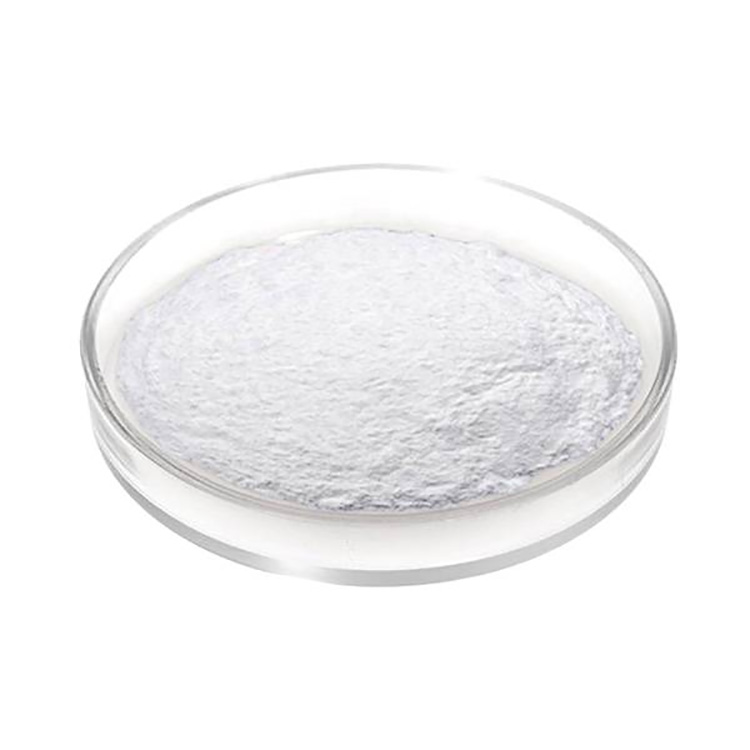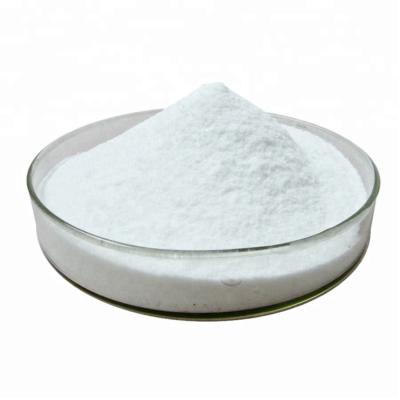The Butachlor Amides Herbicide
Common name: Butachlor
Chemical name:
N-(butoxymethyl)-2-chloro-2',6'-diethylacetanilide
Molecular formula: C17H26ClNO2
It is a high-efficiency and low-toxic pre-emergence herbicide, mainly used to control most annual gramineous and some dicotyledonous weeds in dryland crops, and control most annual gramineous and some dicotyledonous weeds in dryland crops.
Product Description:
Butachlor is an amide-based, conductive, selective pre-emergence herbicide, also known as noralachlor, machete, and alachlor. This product is a light yellow oily liquid with a slight aromatic odor. It is not easily soluble in water and easily soluble in various organic solvents. It has chemical stability under normal temperature, neutral and weak alkaline conditions. Its decomposition is accelerated under strong acid conditions and can be degraded in soil. Low toxicity to humans and animals, irritating to skin and eyes, and high toxicity to fish. It is mainly absorbed by the shoots of the weeds, followed by the roots. After plants absorb butachlor, it inhibits and destroys proteases in the body, affects the formation of proteins, and inhibits the normal growth and development of weed shoots and roots, resulting in the death of weeds.
Common name: Butachlor
Chemical name:
N-(butoxymethyl)-2-chloro-2',6'-diethylacetanilide
Molecular formula: C17H26ClNO2
Structural formula:
Molecular weight: 311.85
CAS No. : 23184-66-9

Physical and chemical properties:
The pure product is a light yellow oily liquid. b.p.156℃/66.66Pa, relative density 1.06~1.07(25℃), decomposition temperature 165℃, vapor pressure 0.6×10-3Pa(25℃). It is soluble in acetone, ethanol, methanol, benzene and other organic solvents, and its solubility in water is 2mg/L. Good light resistance, thermal decomposition begins at 275°C, unstable at pH 4 or lower.
Usage:
It is a high-efficiency and low-toxic pre-emergence herbicide, mainly used to control most annual gramineous and some dicotyledonous weeds in dryland crops, and control most annual gramineous and some dicotyledonous weeds in dryland crops. It is used to control annual gramineous weeds and some broad-leaved weeds in direct seeding or transplanting rice fields. Also selective for wheat, barley, sugar beet, cotton, peanut and cabbage crops.
Submitted successfully
We will contact you as soon as possible




